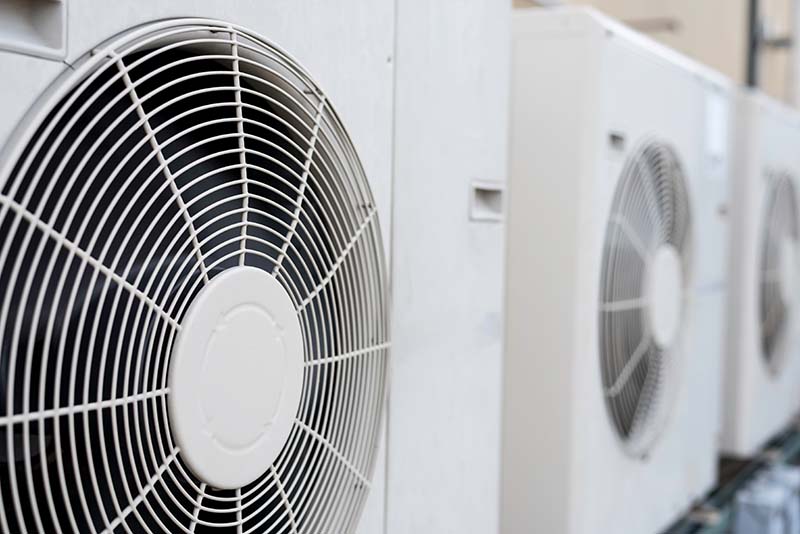If you went to public school in Long Island, Westchester or New Jersey, there’s a very good chance your school days were spent sitting in a classroom next to a Unit Ventilator. Unit Ventilators have been around for decades as they are an easy solution to bring in required fresh air into classrooms with the units positioned underneath the windows.
What are Unit Ventilators?

Unit Ventilators, or “Unit Vents” or “UV”s for short, have been the solution of choice for these classroom applications as classrooms tend to need high amounts of outside air and their position along an exterior wall make them suitable to bring in large amounts of air but also offer the ability to operate in full economizer mode. The ability to operate in full economizer mode is really what makes this type of equipment stand out against other choices of interior mounted equipment like air handlers and fan coils.
Over the years, in the northern climates unit ventilators were almost exclusively only delivering heating and fresh air. If there was a hot day in June, students would hope the teacher would set up a large oscillating fan for relief from the heat. Cooling coils were typically not found in UVs. That trend has recently changed as school districts are replacing these old, heating-only UVs with new versions with cooling coils to provide summertime cooling in classrooms.
How VRF Systems Help
The growing popularity of Variable Refrigerant Flow (VRF) systems have helped add cooling to these systems. VRF systems allow for a single outdoor condensing unit to serve multiple cooling coils and even operate as a heat pump delivering effective heat even at outdoor temperatures below 0F.
To interface a Direct Expansion (DX) coil in a UV to a VRF system, some accessory kits are needed to provide the expansion valve and the control board to effectively operate. Depending on the UV and VRF manufacturer, additional cabinets may need to be added to the UV to house these items.
Using MERV-13 Filters for Unit Ventilators
Another growing trend among school districts in the post-pandemic world is the use of high efficiency filters in HVAC equipment. The same goes for unit ventilators and UV Manufacturers now offer MERV-13 filters as an option. Typically, these filters can only be applied on UVs equipped with an ECM motor.
A word of caution on using MERV-13 filters as these filters will load up faster than lower efficiency filters and require more frequent cleaning/ changing. If proper filter maintenance is not done, airflow across the coils can be restricted. This is especially dangerous in configurations with DX Coils as DX Coils require adequate airflow across them to ensure proper heat absorption and refrigerant evaporation within the coil.
A DX Coil operating with little to no airflow can result in anything from a frozen coil to a dead compressor, caused by slugging liquid back to the condenser. Additionally, no airflow across a DX Coil can pose a threat to HW Coils downstream of it where very cold discharge temperatures can freeze that HW Coil. This can potentially cause the HW Coil to burst and result in a flood. It is worth repeating that high efficiency filters are a great thing, but proper maintenance is a must if they will be used.
Offerings and Arrangements
UVs with cooling coils are typically set up as a split system arrangement, but some manufacturers also offer a self-contained version for applications where a remote condenser will not be possible. The self-contained type of UVs have internal mounted compressors for cooling and can still use HW or steam heating from the building.
Some manufacturers also offer hot gas reheat coils in these self-contained units to control humidity. The compressors used in these systems are often inverter-driven compressors which generate less noise than traditional single speed compressors. One thing to consider when using self-contained systems is that additional louver space in the exterior wall is needed for intake and exhaust air for the compressor and condensing coil.
The various UV configurations offered as well as the option to integrate shelving and cabinets provide a seamless solution for both engineers and architects designing classrooms. Even though Unit Ventilators are not exactly considered a cutting edge, new or trendy technology in the HVAC world, they serve a great purpose. They provide adequate ventilation, air, heating and even cooling in today’s schools and will most likely be around for decades in the future. To learn more about Commercial HVAC Solutions in NYC and Long Island, please visit Klima’s website and contact us today.










